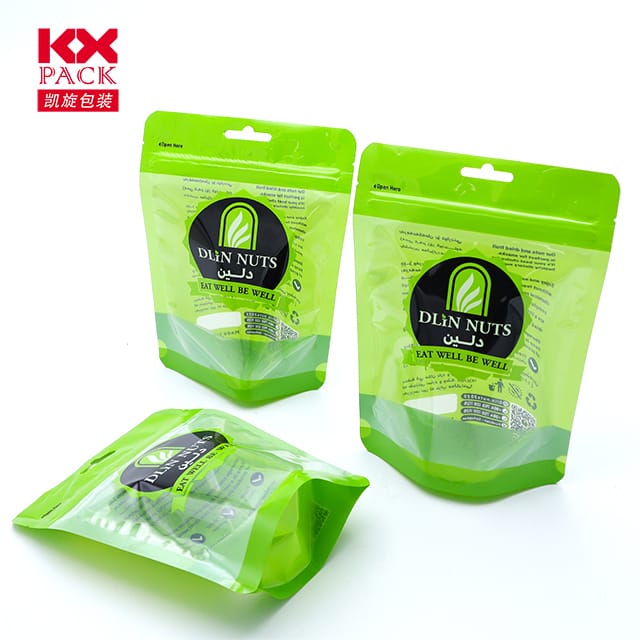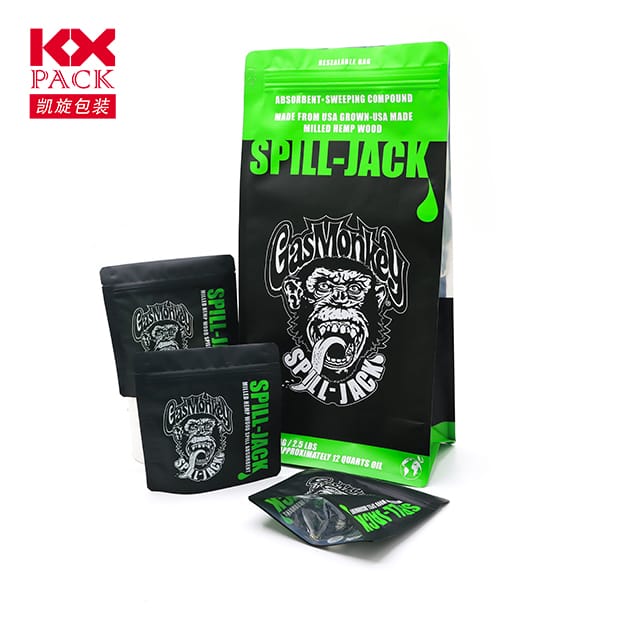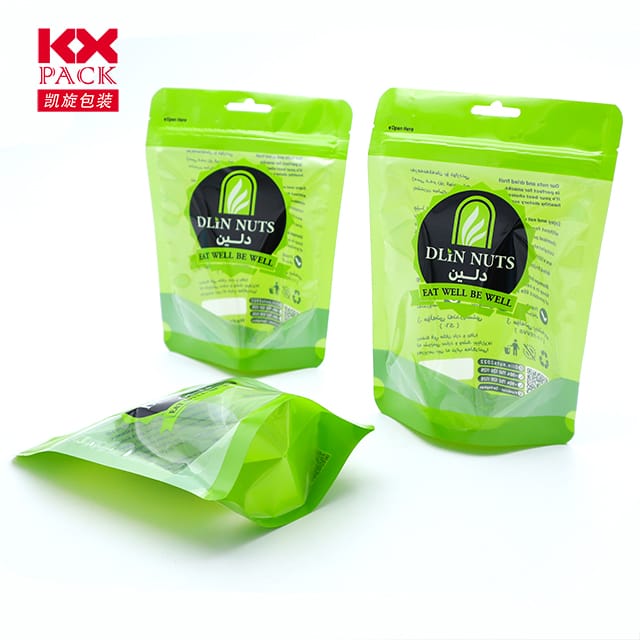包装膜的演变: 创新推动了可持续性, 功能, 和消费者吸引力
包装电影
在当今快节奏的消费景观中, packaging films play a pivotal role in preserving products, 增强品牌可见性, 并实现可持续性目标. 从食品和药品到电子和电子商务, 这些多功能的材料是现代包装的无名英雄. 但是是什么使包装电影如此必不可少, and how are manufacturers innovating to keep up with evolving demands? Let’s dive into the world of packaging films—exploring their types, 好处, 挑战, 和未来趋势.
1. What Are Packaging Films?
Packaging films are thin, flexible materials used to wrap, 海豹, 或保护产品. They can be made from various polymers, 包括:
- 聚乙烯 (体育): Common in grocery bags and food wraps due to its flexibility and moisture resistance.
- 聚丙烯 (聚丙烯): Known for its clarity and strength, often used in snack packaging and labels.
- 聚酯纤维 (宠物): Offers high tensile strength and heat resistance, ideal for blister packs and ovenable trays.
- 可生物降解的电影: Made from materials like PLA (聚乳酸) 或淀粉混合物, targeting eco-conscious markets.
- Multi-Layer Films: Combining different polymers to optimize barrier properties (例如。, 氧, 水分, 光) for extended shelf life.
2. Key Functions of Packaging Films
Modern packaging films do much more than just contain products. They serve multiple critical roles:
- 保护: Shielding items from contamination, 水分, 紫外线, 和身体伤害.
- 保存: Extending shelf life for perishables like fresh produce, 肉类, 和药品.
- 方便: Enabling easy-to-open, 可重新密封的, or single-serve packaging formats.
- 品牌: Providing a printable surface for logos, product info, and eye-catching designs.
- 可持续发展: Reducing waste through lightweighting, 回收, or compostability.
3. Innovations Shaping the Future of Packaging Films
The packaging industry is undergoing a transformation, driven by consumer demand for sustainability and advanced functionality. Here are some game-changing trends:
一个. 可持续的替代方案
- 可生物降解和可堆肥膜: Brands are switching to plant-based materials to reduce plastic pollution. 例如, Coca-Cola and Nestlé have trialed compostable coffee pods and snack wrappers.
- 回收内容: Using post-consumer recycled (pcr) plastics in film production to close the loop.
- Paper-Based Hybrids: Combining paper with a thin plastic barrier for recyclability without sacrificing performance.
乙. 聪明的包装电影
- 主动包装: Films embedded with antioxidants, antimicrobial agents, or oxygen scavengers to prolong freshness.
- Intelligent Films: Temperature-sensitive indicators, QR码, or NFC tags for traceability and consumer engagement.
- Barrier Enhancements: Nanotechnology-coated films that block gases and odors more effectively than traditional materials.
C. Lightweighting and Efficiency
- 更薄, 更强大的电影: Advances in polymer science allow for down-gauging (reducing thickness) 不影响强度, saving material costs and reducing environmental impact.
- Mono-Material Structures: Simplifying recycling by using a single type of polymer instead of multi-layer blends.
4. Challenges in the Packaging Film Industry
Despite innovations, several hurdles remain:
- 费用与. 可持续发展: Eco-friendly materials often come at a higher price point, making adoption slower for budget-conscious brands.
- 回收基础设施: Many biodegradable films require industrial composting facilities, which are scarce in some regions.
- Performance Trade-offs: Some sustainable films may lack the barrier properties or durability of conventional plastics.
- Regulatory Complexity: Navigating global regulations on plastic use, 标签, and waste management.
5. The Consumer Perspective: What Do Shoppers Want?
Today’s consumers are more environmentally aware than ever. Surveys show:
- 70% of shoppers prefer brands with sustainable packaging.
- 60% are willing to pay more for eco-friendly options.
- Transparency matters: Consumers want clear labels about recyclability and compostability.
Brands that prioritize sustainability—without sacrificing convenience or aesthetics—are winning loyalty.
6. 前面的道路: A Circular Economy for Packaging Films
The future of packaging films lies in a循环经济 model, where materials are reused, 回收, or composted. Key strategies include:
- Design for Recyclability: Creating films that are easy to separate and process.
- Collaboration Across the Supply Chain: Working with recyclers, 决策者, and retailers to improve infrastructure.
- 投资r&丁: Continuously innovating to bridge the gap between performance and sustainability.
结论: Packaging Films in a Sustainable World
Packaging films are at a crossroads—balancing the need for product protection with the urgency of environmental stewardship. As technology advances and consumer expectations evolve, the industry must adapt to deliver solutions that are both functional and future-proof.
What’s your take on packaging films? Do you prioritize sustainability when shopping, or do you think there’s room for improvement in eco-friendly options? 在下面分享您的想法!







